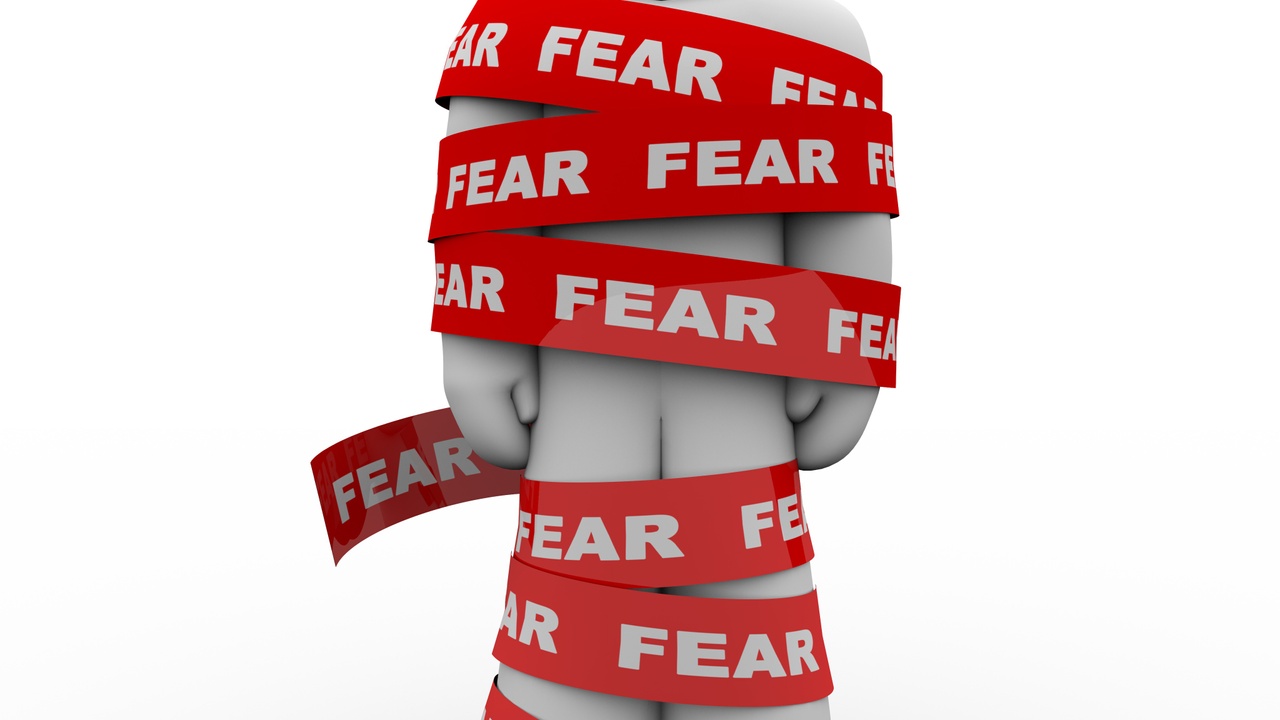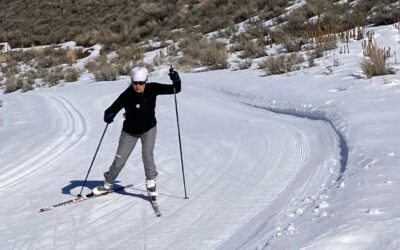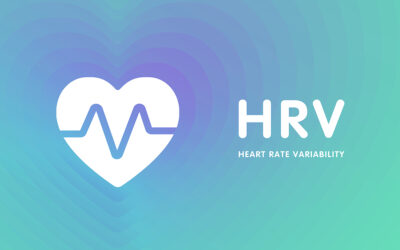Kinesiophobia: “the avoidance of activity because you fear it will cause pain.”
–Norman J. Marcus, MD
While I was talking with one of my clients who had suffered from back pain for over four years, he realized that only when distracted did he not have pain with movement. In his words, “I approach every physical task no matter how big or small with pain in mind.” He described lingering at the dinner table, dreading getting up because of the pain he anticipated would happen just from standing up from his chair. Years before, he had given up mountain biking, powerlifting and running in the mountains because of the pain.
MOVEMENT = FEAR
One of his goals was to “not approach life so apprehensively.” His fear of pain with movement made him hesitant to expand his life and opportunities in many areas. Less than two months into working together, my client reported a modest 15-20% improvement in this goal as compared to a 70% improvement in his goal to “get rid of pain.”
How we think about our pain and the perceptions we have of it can take longer to heal than the uncomfortable physical sensation.
Realizing that there were times when he did not have pain with movement–such as getting out of the truck while distracted by his family–was a turning point for him. This experience made him aware of the self-fulfilling prophecy he was creating through his thoughts. He expected to have pain while doing certain movements, so his body and brain worked together to make this his reality. He said that “simple movements like reaching for a door handle reminds me of the pain.” And, since he expected to have pain with most activities, he suffered a lot and could do little comfortably.
Think and Act Differently to Overcome Pain with Movement
In his Pain Treatment Programs, Dr. Norman J. Marcus–a physician specializing in pain management and research, founder of multiple pain centers, associate professor at New York University School of Medicine and author of End Back Pain Forever and Freedom from Pain–teaches his patients that we choose our thoughts and thus have control over them. We can choose a thought, such as, “I will hurt when I go for a walk.” Or we can choose another thought, such as, “I walk with strength and grace.”
In addition to changing our thoughts, he suggests we need to change our actions. For example, we need to stop verbal displays of pain–groaning, sighing, moaning–and moving like someone in pain with careful, slow actions. These actions only increase our awareness and sensation of pain. He uses an “act as if” strategy, urging his patients to “act as if” they feel better. He emphasizes that you don’t actually have to feel better in order to act and think like you do.
Changing Mental and Emotional Pain Patterns
My client and I discussed the self-talk and associated emotions that preceded his movements and pain experiences. Together, we discovered the destructive connections he had made. As a result, we started to break the cycle.
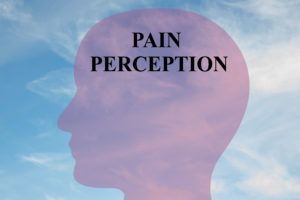
Just as our bodies can become stuck in certain positions and patterns of movement, so, too, can our minds and emotions. Thinking and feeling the same negative, fearful thoughts before moving will create the same painful results. To feel better, my client had to make a shift. He had to change how he thought about simple things like standing up from a chair. He needed to move without hesitation and over-analysis of the biomechanics of each motion.
Since distraction had been successful for him, we used that as our starting point. For instance, instead of being focused on the mechanics of moving from sitting to standing, he shifted his attention, as he put it, “to what was next.” Quite simply, he had to clear his dirty dishes from the table. Changing his internal conversation and expectations allowed him to stand pain free.
In addition to using distraction, we discussed repeating a mantra, such as, “My back is strong, healthy, and supports me . . .” Regardless of the words used, the goal was to redirect attention from the physical movement and possible resulting pain. My client applied this strategy in many situations and, as a result, was able to do more and more and more.
The Fear-Avoidance Model
In 2000, J Q Vlaeyen and S J Linto published Fear-avoidance and its consequences in chronic musculoskeletal pain: a state of the art in Pain, The Journal of the International Association for the Study of Pain. In it, they presented the Fear-Avoidance Model that is shown below.
The entry point for the model is an Injury, shown at the top in the center. From Injury there is a Pain Experience. It is at this point that the paths of the model separate: a person can either become stuck in the loop on the left or move up and out of the model to Recovery on the right.
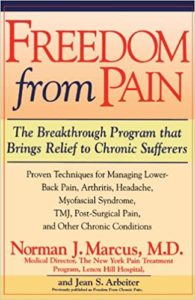 Fearing pain move is represented by Pain-Related Fear in the model. Before arriving here, however, a person in pain experiences Pain Catastrophizing. From Dr. Marcus’ book Freedom from Pain:
Fearing pain move is represented by Pain-Related Fear in the model. Before arriving here, however, a person in pain experiences Pain Catastrophizing. From Dr. Marcus’ book Freedom from Pain:
“Catastrophizing involves the continual expression of negative emotions: ‘I’m frustrated.’ ‘I’m depressed.’ ‘I’m defeated.’ It means expecting the worst, now and forever, it means turning every twinge of pain, every disappointment–physical or emotional–into a perception of disaster.”
Pain Catastrophizing is a mental/emotional pattern in response to pain. The next step in the loop brings us to Pain-Related Fear, another mental/emotional pattern in response to pain. Fearing we will hurt when we move, we are extra careful and avoid activities, which is Avoidance and Hypervigilance, the next progression in the model. Because we are doing less, our bodies and minds decline, noted as Disuse, Depression and Disability. This leads to more Pain Experiences, and around and around the circle we go . . .
In this model, Fear is what determines the direction you take. If you have Fear, you turn left into the never-ending circle of chronic pain. If you have No Fear, you turn right and find Recovery.
Related Blogs
Overcome Fear to Reduce Stress and Heal
What are You Afraid of – Can You Handle It?
Transforming Your Limiting Beliefs
After spending years in the loop, my client was able to break out and move to Recovery by conquering his fear through changing his thoughts and actions. He notes,“I finally feel like I can live again with control over my body. I went from hopeless to hopeful in a matter of days.”
Rate Your Kinesiophobia
Do you fear pain with movement? Take the Tampa Scale for Kinesiophobia, a short assessment with a printable report. Want to talk about your results? Contact me.

